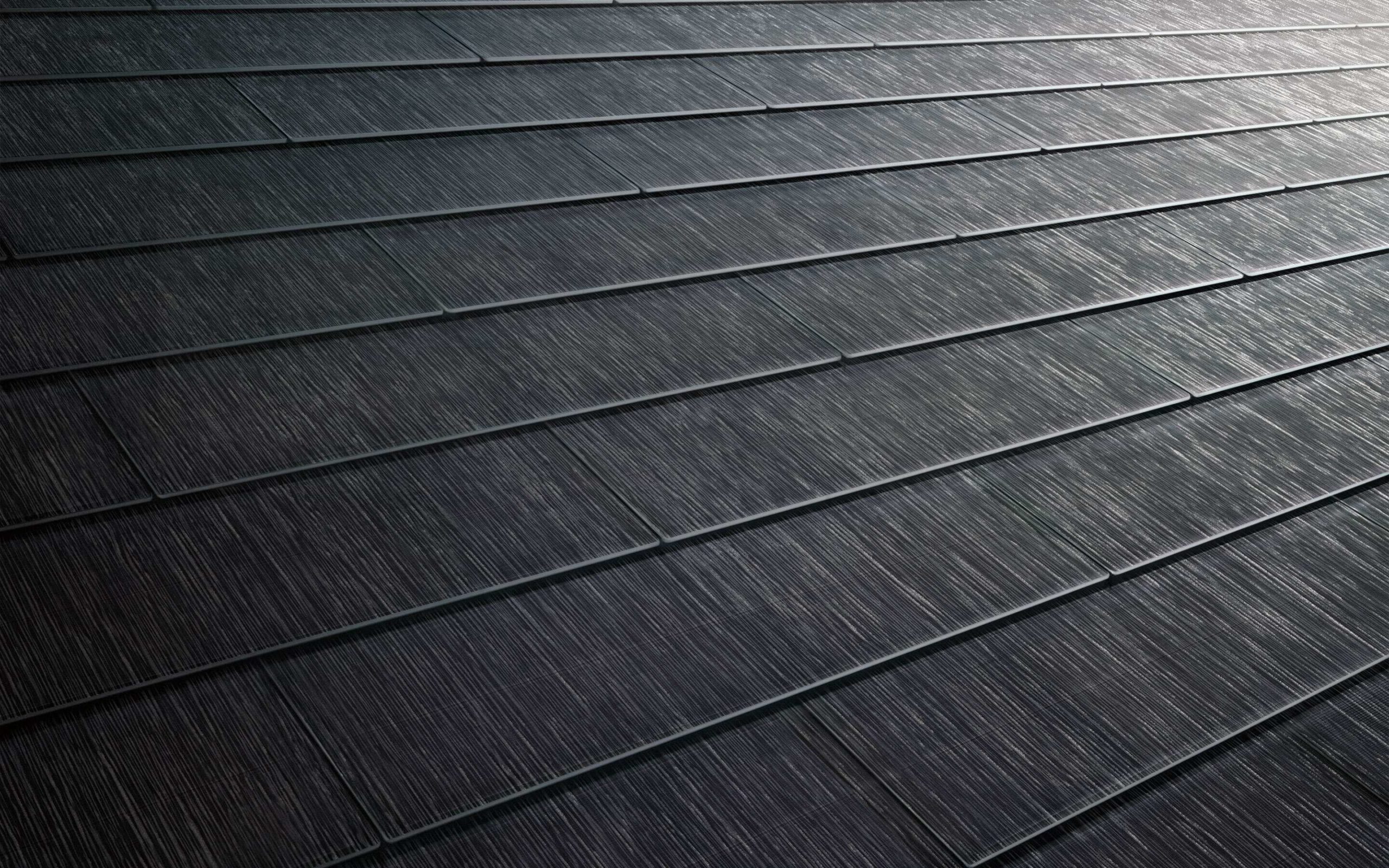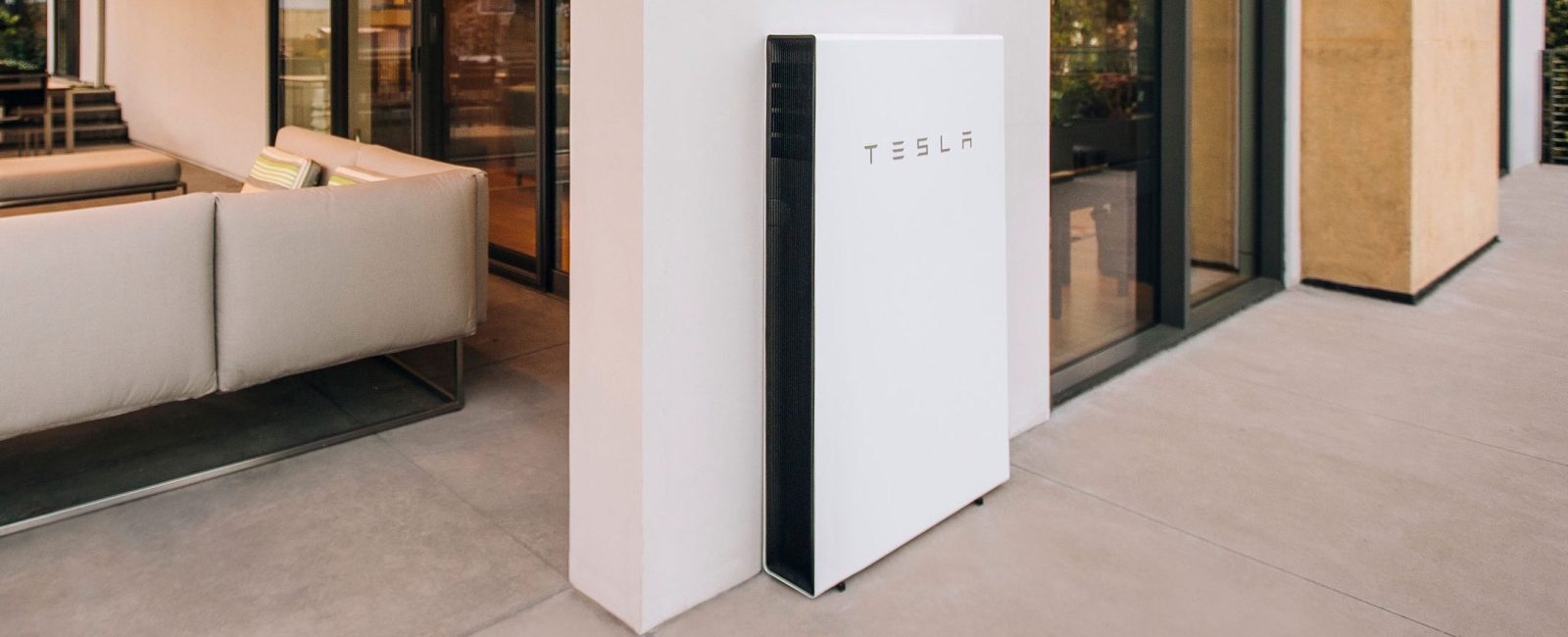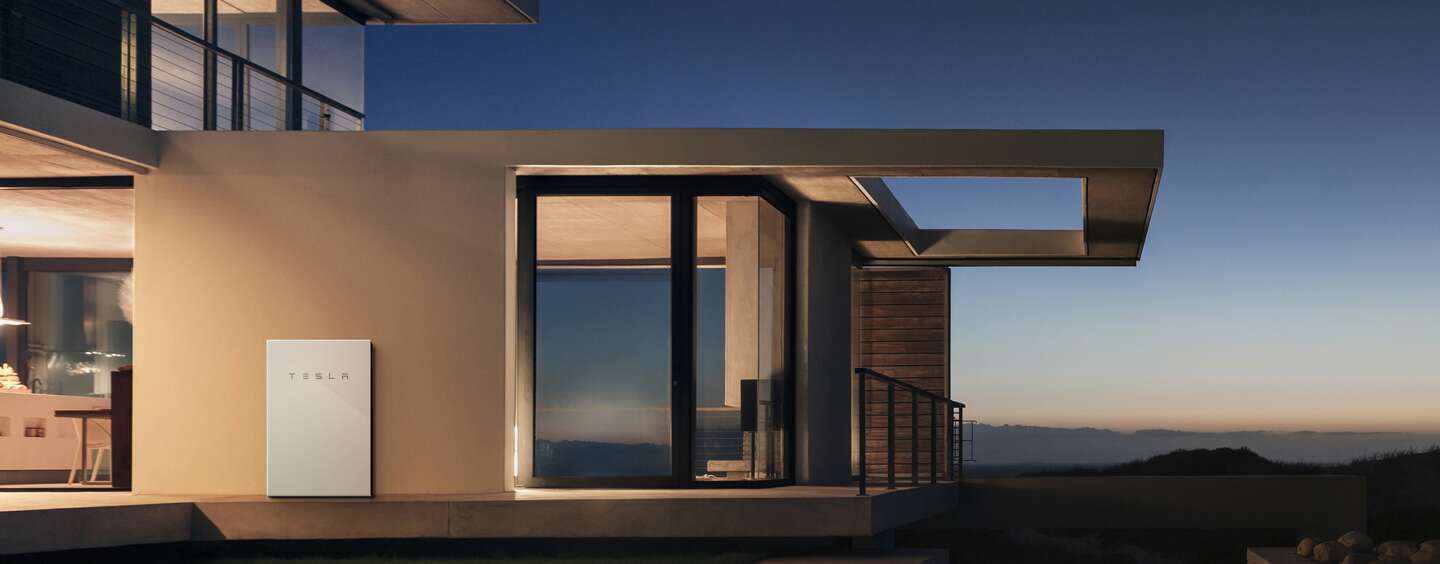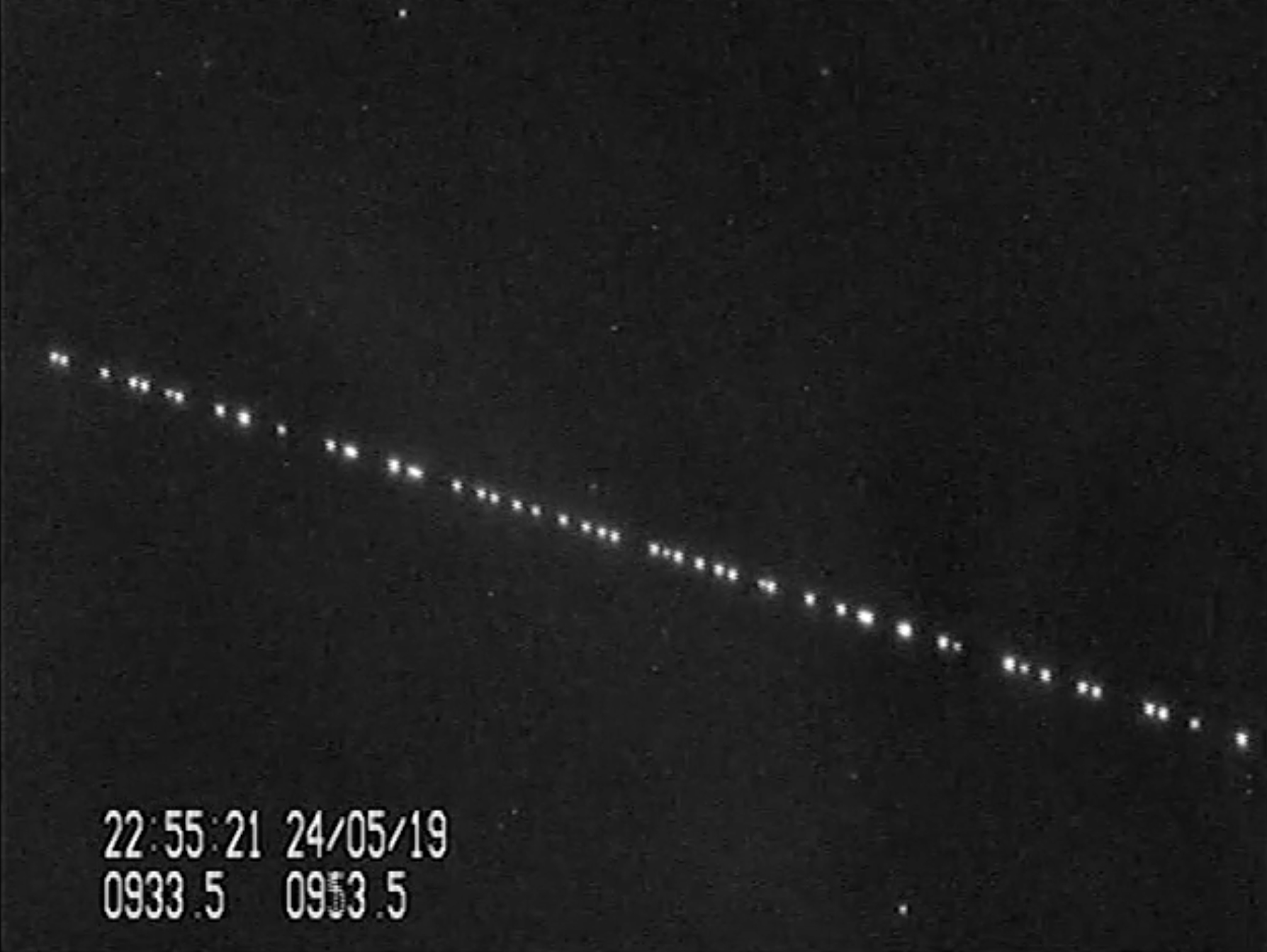Now, more than ever, South Africa is in need of a drastic overhaul. Our energy issues aren’t going away anytime soon, but the future looks lit if you consider Tesla’s solutions.
The power revolution is in full swing, and the world is quickly adopting alternative energy solutions. Except for us. Not to sound like Greta Thunberg, but South Africa has a long way to go.
As we write this, Eskom’s coal and nuclear power systems are failing, and the state-owned power utility is generating more unwanted emissions than ever. This beaten path is littered with coal and tears.
Soak up the sun
There are a bunch of solar products available, but the one that you really want is the Tesla Solar Glass Roof. It’s exactly what it says. Rather than installing solar panels on an existing roof, these bad boys are the roof.
 The solar roof tiles are made of glass that turn photons into electricity. Musk has also noted that these come with a 25-year warranty. These might just outlast load shedding schedules in South Africa.
The solar roof tiles are made of glass that turn photons into electricity. Musk has also noted that these come with a 25-year warranty. These might just outlast load shedding schedules in South Africa.
The problem? They aren’t readily available in our lovely country yet. What is available, however, is the Tesla Powerwall. But that’s gonna cost you. Because going green isn’t very attainable or affordable here.
Feed me power
Powerwall is a lithium-ion battery designed specifically for a house. It’s prettier than generic deep-cycle batteries and is optimised for backup power. It measures in at just 130 x 86 x 18cm and weighs 100kg. But (there is always a but) it can cost upwards of R100k.
The Powerwall II features a built-in inverter, which means that you won’t necessarily need to install any other hardware. All you need is a Powerwall II and solar. Or no solar. Either is fine, depending on your needs.
 Yeah, Tesla’s alternative energy catalogue is available, but it’s not necessarily available for the average South African. The Powerwall is ideal for South Africans — it could store enough power to keep necessities powered up through sessions of load shedding.
Yeah, Tesla’s alternative energy catalogue is available, but it’s not necessarily available for the average South African. The Powerwall is ideal for South Africans — it could store enough power to keep necessities powered up through sessions of load shedding.
Not near ready
It just became more accessible in SA in December of 2019, when a few local companies became official distributors. Many of these guys offer ‘package deals’, that include installation. But we are nowhere near having backup batteries in each house locally.
 A lithium-ion deep-cycle battery that matches the power output of our dear Powerwall will cost less than that, but the Tesla Powerwall is optimised for this need. And it won’t look like you’re hoarding car batteries in your garage.
A lithium-ion deep-cycle battery that matches the power output of our dear Powerwall will cost less than that, but the Tesla Powerwall is optimised for this need. And it won’t look like you’re hoarding car batteries in your garage.
We’re anticipating a massive move towards renewable options as the South African grid get weaker and weaker. We can only wait until viable options become cheaper.
BEAMING DATA FROM SPACE
Elon Musk’s Starlink project is currently laying the groundwork to beam internet from space. The Starlink constellation already consists of 300 satellites.
Space ISP
When it’s all sent up, Starlink will be a satellite constellation of 12 000 satellites that’ll form part of a new generation of low earth orbit (LEO) space communication network. This constellation of LEO satellites will include thousands of small satellites that provide continuous, global coverage.
 Initially, they’re tested in a lower orbit, after which they’re raised to a 550km operational orbit. After that, the service will have the capability to beam internet towards the earth with little to no latency to any spot on the globe, using a receiver on our end. All we need is this receiver and BOOM. Internet.
Initially, they’re tested in a lower orbit, after which they’re raised to a 550km operational orbit. After that, the service will have the capability to beam internet towards the earth with little to no latency to any spot on the globe, using a receiver on our end. All we need is this receiver and BOOM. Internet.
Some people tested a simulation of the network, which said that a New York-to-London link will have a round-trip latency of 46msec versus the current undersea (or terrestrial) cable networks of 76msec. That’s almost like the Flash running over oceans in less than a minute. Is it possible? Maybe.
Should we start getting excited over space internet just yet? As with many disruptive technologies, it may take a while to get to our southern shores… and in-lands. It looks like Musk desperately wants to start rolling this Link out by mid-2020 in the US. That’s now, right? Too bad we’re down here…
Elon, if you’re reading this — we’re ready for internet beams from space. Like for realsies.




